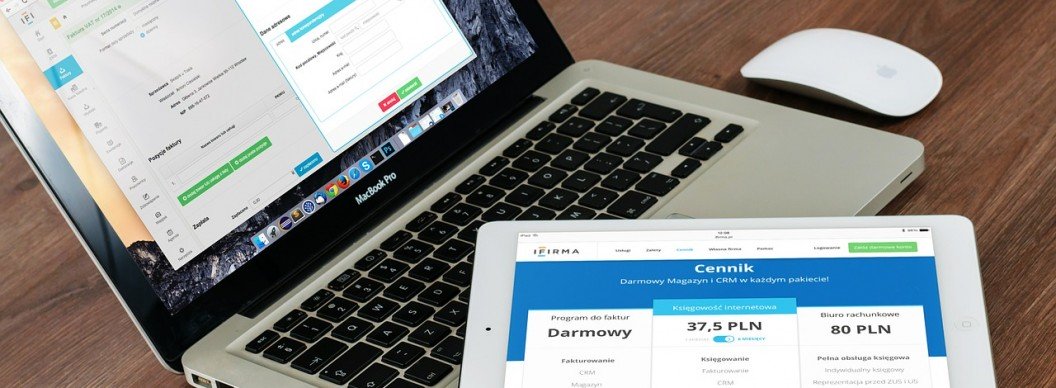If you read a basic introduction to paid advertising it’s often portrayed that setting up a PPC account is as easy as writing an advert, point it to a URL and go! At a very basic, primal level they are probably right.
However, what these guides don’t perhaps go in to as much detail about is the landing page of your traffic is as important to your PPC campaigns success as the adverts and keywords you pay to receive traffic from.
Your site/landing page plays a big part in the Adwords quality score, which directly effects how much you pay per click. The site also has the job of acting as your online sales team – providing enough information to interest a user, then guiding them to a purchase or enquiry.
I could wax lyrical for many pages about how important your site and how important it is, but you’re reading a post about whether your site is ready for paid traffic so lets assume you already know this.
Without further delay please see below our watch list for the top site elements to be sure you’re on point otherwise they will affect the performance of your PPC campaign.
- Site Speed – Google states that landing page experience directly affects your quality score and outside of poor design there is one factor which ruins user experience; poor site speed.
If your site is sluggish or takes an hour to load then chances are users are leaving your site pretty sharpish, which isn’t ideal, especially if you’re paying for that traffic. But don’t just take my word for it Search Engine Land wrote an article on exactly this with supporting case studies: Click Here
In order to improve your site speed you could consider:
- Compressing the sites JavaScript & CSS
- Ensure images file sizes aren’t unnecessarily big
- Place your site on a dedicated server.
- Mobile Optimised – Since Adwords moved over to enhanced campaigns, you can’t decide to opt out of mobile traffic, you can only choose to bid less for it. Therefore it’s inevitable a decent percentage of your traffic will now be via mobiles.
If your site isn’t optimised for mobile devices you’re going to miss out on conversions and paying for traffic that struggles to navigate your site. A responsive site will help improve user experience and not only feed back into your Adword quality score but means user should stick around, increasing the chance of a conversion.
- Relevant Content – One of Google’s buzzwords whether it be PPC or organic rankings is relevance. Is your content original and relevant to the search terms your asking to rank for/advertise on?
With Adwords, you can choose which landing page you send your ads traffic to and increase the relevance for your visitors. How relevant your assigned landing pages content is to the keywords not only affects your quality score but also how users behave once on site. Always ensure you have relevant & useful content on pages you are sending PPC traffic to, otherwise it will cost you more per click and the results won’t be as good.
- Redirects – Having a redirect in place won’t necessarily affect the PPC campaigns performance directly unless coupled with a slow site. However, if your ads are still being directed to a URL that is now redirected to another this can cause issues with tracking in analytics.
How can you improve and report on a PPC campaigns performance properly if your sites analytics isn’t recording PPC traffic accurately?
In a perfect world your developer would inform you when they update URLs on the site so you can change your ads destination/final URLs before this problem occurs. It doesn’t always happen though, so tools such as Screaming Frog & Xenu Link Sleuth were created to check for broken and redirected links.
There are many other onsite aspects that can affect the performance of your PPC account and as part of a successful PPC campaign you should always be a/b testing landing pages to establish what the best combinations are for your account. By going through this process you will identify for yourself the exact mix of elements that have the biggest effect on your account.
